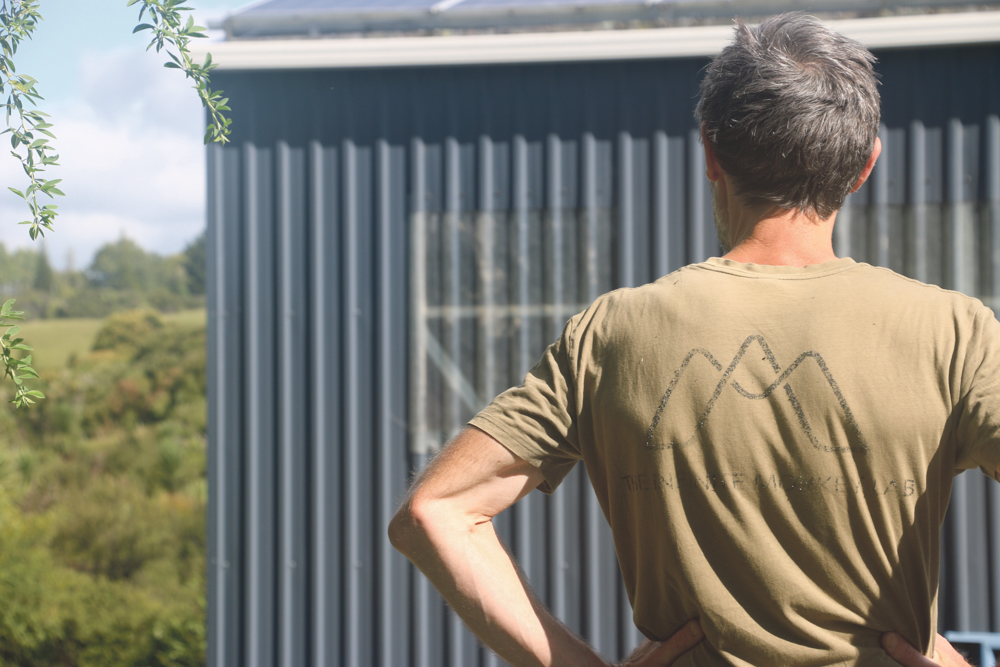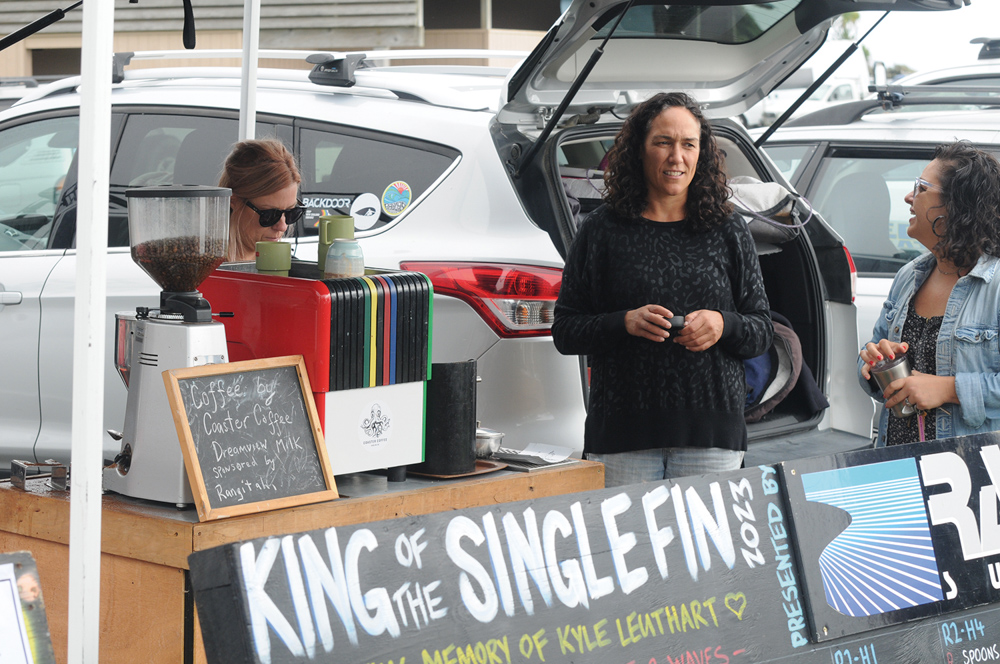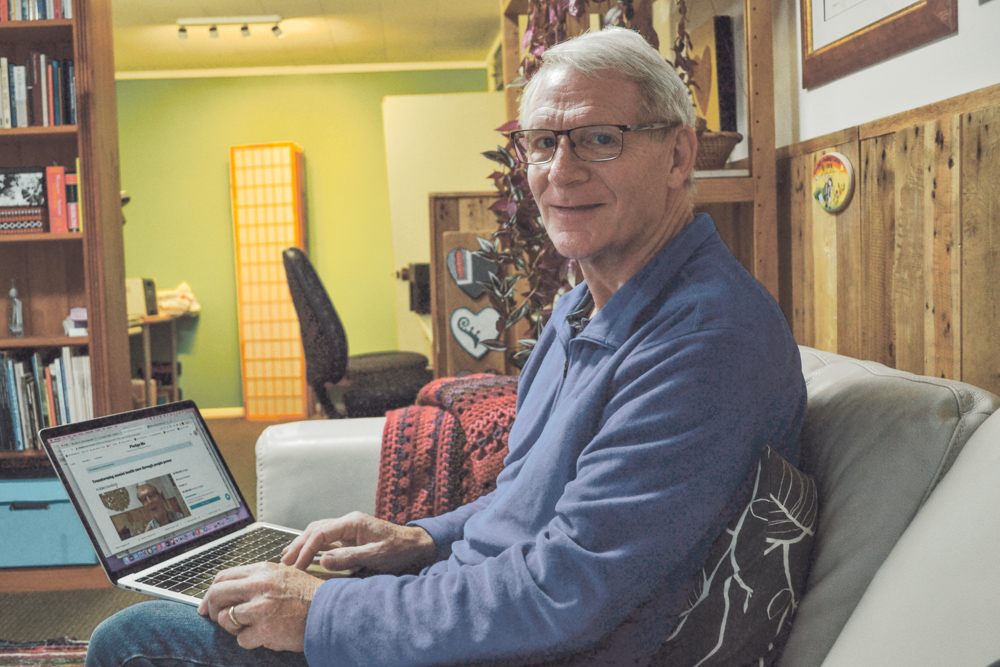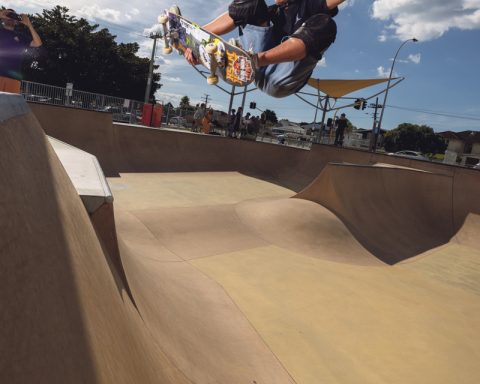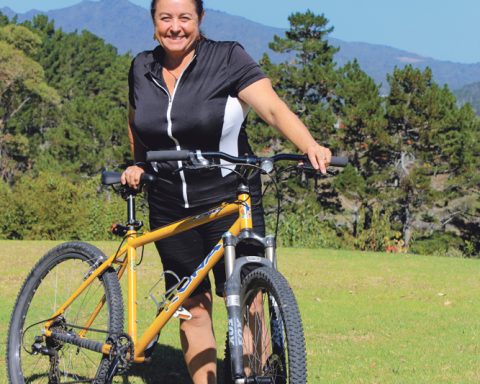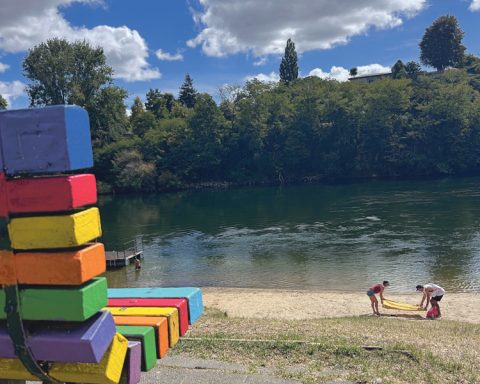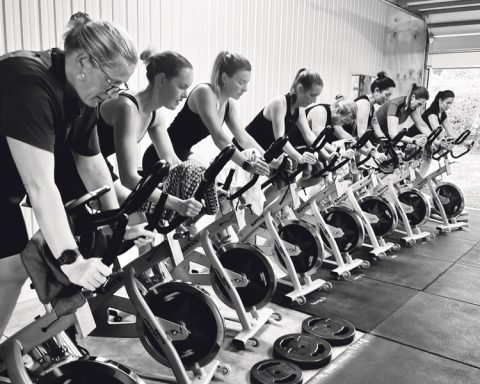Q: What is your philosophy at The Infinite Monkey Lab?
Niall: Trying to make the best use of embodied energy which is the work that has gone into making something that you don’t get back. An example is recycling a car body shell; you can get the steel but not a new car. Of course if you carry on using the car, you carry on using the embodied energy. High-tech has more embodied energy. A better example than a car is the battery from an electric car.
Q: Many of us know you as the electric bike guy. How did you get into electric bikes, and where is that journey taking you now?
Niall: I went to a sustainability ideal home show; at the event there was a company with electric bikes and I tried a bike and thought it was amazing and could change society for the better. My vision then was what is very slowly happening. These electric bikes are a mode of transport as opposed to a ‘hobby’. Electric bikes are also a really good way to save a ton of cash; if the gearbox goes on a car, that costs you a grand or so to fix which is all an electric bike costs new!
The electric bikes got me playing with batteries, batteries got me to buy a crashed Tesla – I got a lot of battery for not a lot of money. I couldn’t believe it had been ‘written off,’ it was such a huge amount of waste. However, as I mentioned, fixing cars is a very expensive and difficult task. So I went looking for the next best use for the components that made up that vehicle.
At this stage, we have elevated our engineering and are now using the batteries from the EV-vehicles to develop grid connected storage – meaning we can run on solar at night time and wind power when it’s calm. We can reduce the strain on the local grid meaning we are less likely to have power cuts. Basically it means we can use less fossil fuel and less materials in the grid, or not having to upgrade the grid while our housing capacity expands for example.
Q: What different approaches do you take in your work?
Niall: People think things are complicated and difficult, but my background is Engineering and designing things. Everything manufactured was designed by humans, so it’s understandable. Even if it was hundreds of humans, it is still understandable. Sometimes it feels impossible, but I take the view “a human did this” so we should be able to figure it out. But some days I still despair. I use the Reverse Engineering approach. I am still looking for methods of approaching regulations.
Another way of working is to NOT be afraid of blowing things up. One of my working challenges is self-imposed pressure of being afraid of getting things made by the time I said I would do it.
Q: How did you get here, to second life batteries? Is it possible to tell us about the journey, inspirations, master plan?
Niall: My parents were always into Greenpeace and Friends of the Earth – it was ‘in the air’ growing up in my family that we will be able to run our society off solar power in the future. I wasn’t a greenie in my 20’s. But living in Raglan and making use of old stuff probably comes a lot from the ethos of Xtreme Zero Waste – a lot of the lore around here comes from the work there. As a species we are adolescents, we have become powerful but we aren’t thinking about the long term, we are hopefully coming out of our adolescence and will mature quickly!
Q: Who will benefit from this work with Energy Storage Solutions at The Infinite Monkey Lab?
Niall: Everybody will benefit from this, everything we can do to slow climate change gives us a great future, not a survival future; a great future, not a tolerable future.
It’s all about the batteries at the moment, but we can use the inverters from the cars as well. It’s a bigger challenge but it’s still possible.
Q: Let’s say you found a million dollars in your bank account next week; what would be the top three purchases you would make – FOR THE LAB – and why?
Niall:
1. Test Gear – high powered testing facilities.
2. Smart People – with a magic wand I would have a great organization.
3. I think back to the Labs I have worked in before and that’s what I want to create – but the journey seems scary.
Q: Can you tell us about one or two disasters from the lab? People love to hear a failure story…
Niall: In the early days we managed to fry a computer – we let the smoke out and had some interesting smells and then fixed it.
My converted electric ride on mower, that was a good one; we blew up the motor controller so we decided to run it on an on/off switch. Well we vapourized the brambles and blew up the battery. We then decided the mower DID need a motor controller.
Q: Describe your vision… let’s hear about the bigger picture and the side projects…
Niall: Us all having ample sustainable energy. A better world where we don’t have to listen to each other’s mowers and generators. Incorporating solar to create dispatchable sustainable power.
For example, we can make many small changes; we could perhaps replace diesel generators on pumping stations around Raglan with these grid batteries that we have developed. The benefits for projects like this are that we make it less-likely that power cuts occur (due to less stress on the grid) and we remove the maintenance of these generators which currently contain oil and diesel (not the best products to have at our harbour).
Have you got any questions for us Niall?
Niall: I will want to hear from people running big operations who use a lot of power to see how our services can be beneficial. I will also be looking for funding. But first we need to get our first customer’s battery installed and commissioned. Watch this space!
If you’d like to get in touch with Niall you can email him at chiefchimp@timl.me
By Katie Lowes
